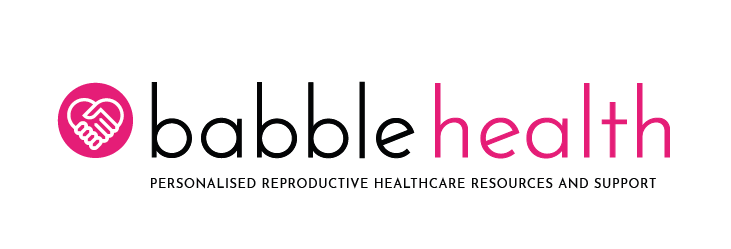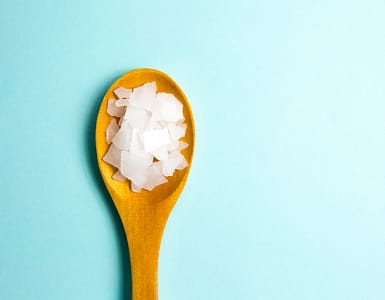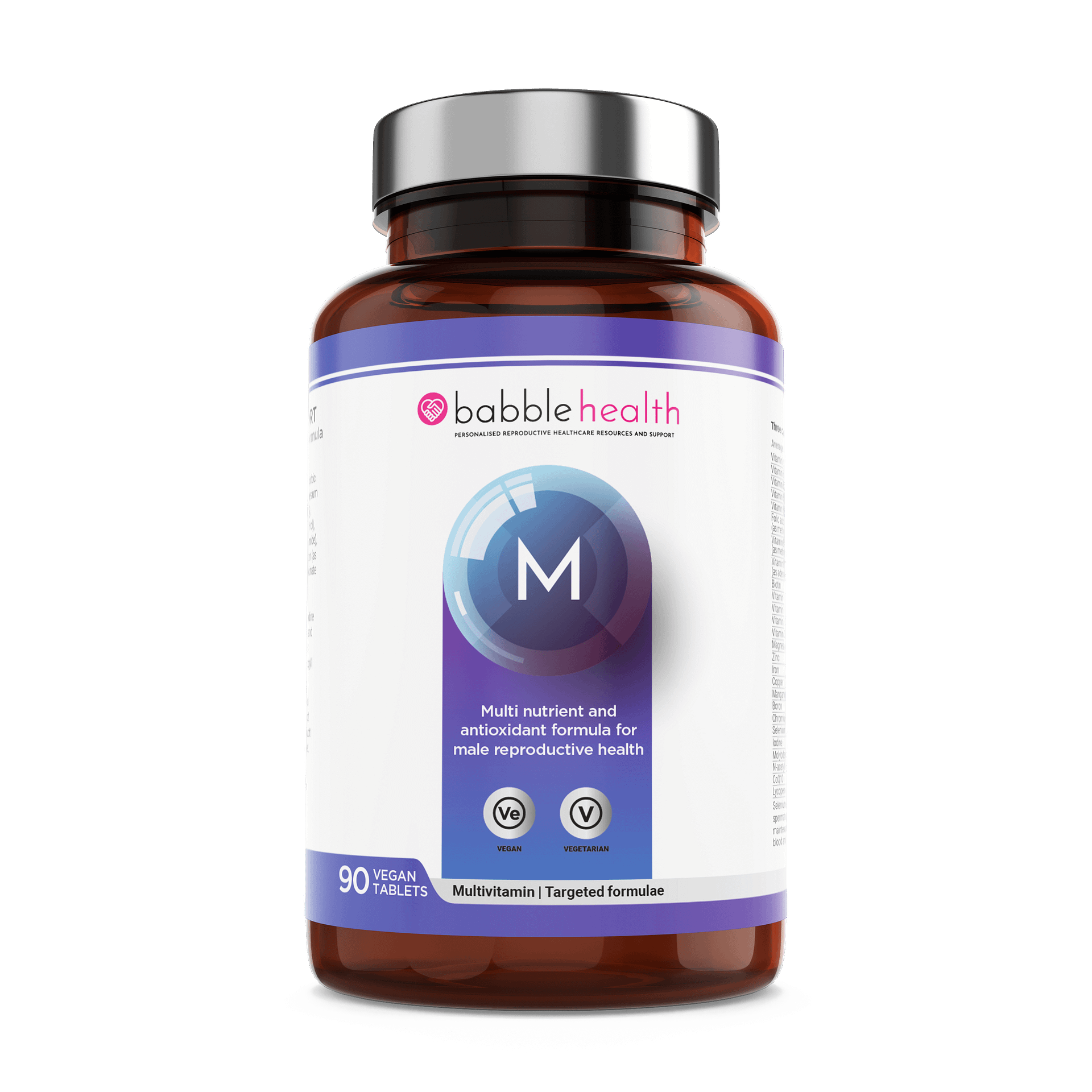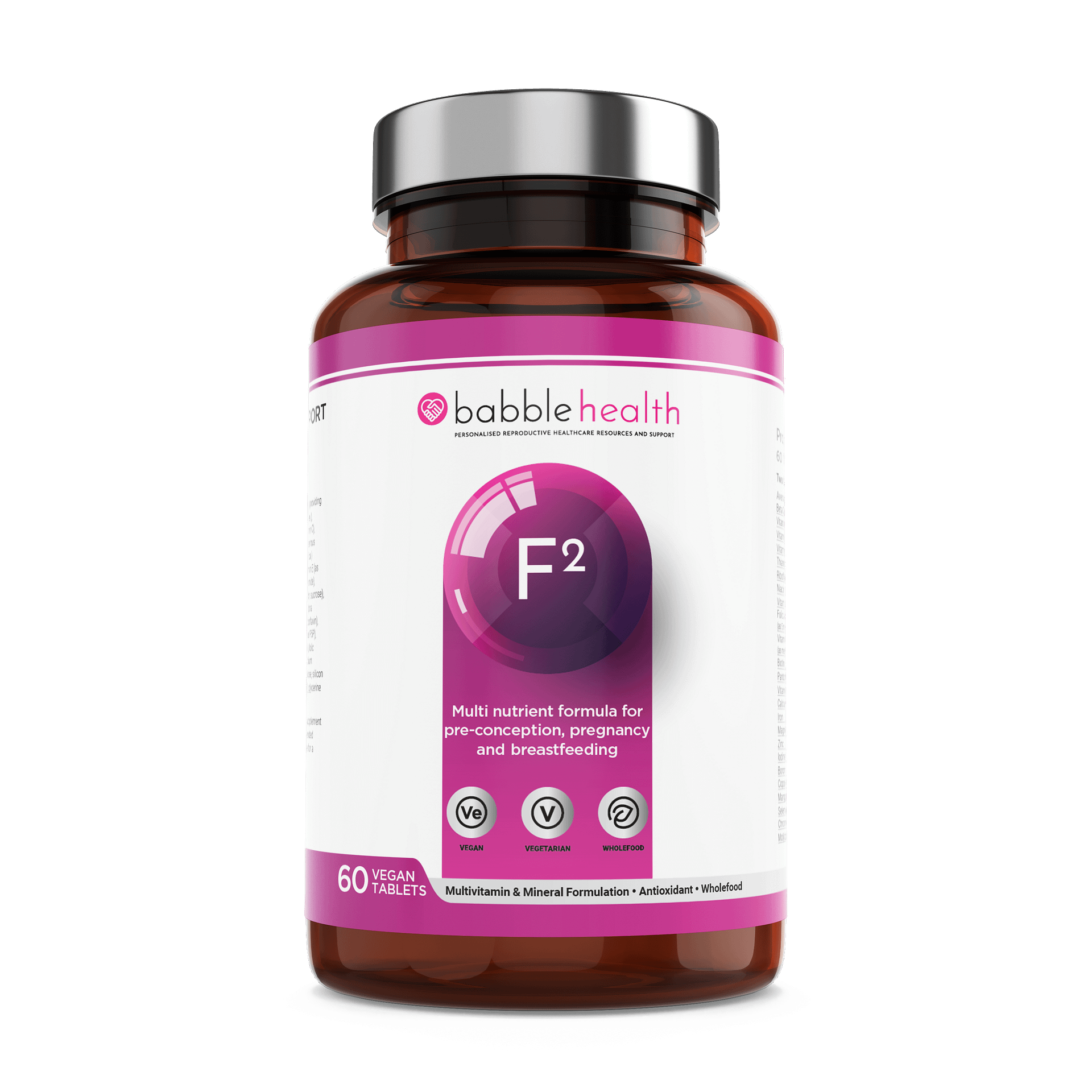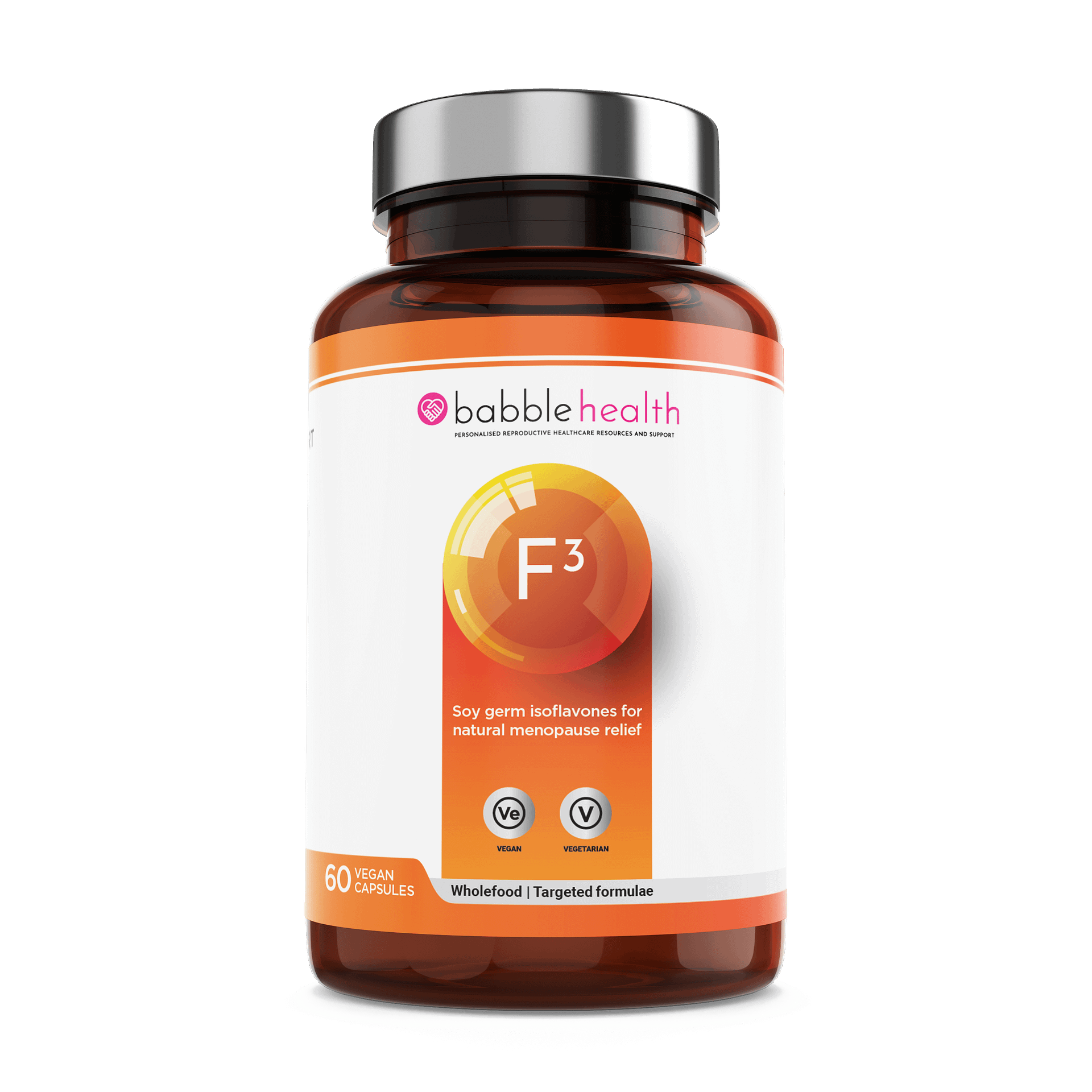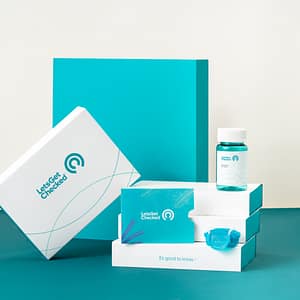Sue Bedford (MSc Nutritional Therapy)
What exactly does ‘Eat the rainbow mean’?
Eating a diversity of colourful foods can be an easy way to get a complete range of the vitamins and minerals your body needs to thrive. ‘Eat the rainbow’ means quite simply, that the colour of your food can tell you a lot about its nutritional value, and eating a variety of colours is one sure method to get as many of those vitamins and minerals as possible (and eat a broad, diverse amount of food in the process). The way in which you enjoy these colourful plant-based foods could be a combination of fresh, frozen, dried or canned.
Eating a nutrient dense diet full of colour is thought to protect us against a variety of illnesses, and there is increasing evidence that it can also help in relation to fertility…so eat a rainbow to give your health and fertility a boost!
Blue and purple fruits and vegetables obtain their vibrant colour from beneficial plant compounds called Polyphenols. These are particularly high in Anthocyanins, which are powerful antioxidants and give the gorgeous blue and purple hues to these lovely blue and purple fruit and vegetables.
Some examples of healthy blue and purple fruit and vegetables you may wish to include in your diet:
Blueberries, blackberries, damsons, figs, purple sprouting broccoli, red cabbage, aubergine, red onions, beetroot, purple potatoes and carrots, grapes, bilberries…….to name a few!
How do Blue and Purple plant-based foods help our general health and fertility?
- The vitamins and minerals provided by blue and purple fruit and vegetables can have a big impact on our energy and overall health. They are packed full of antioxidants including anthocyanins, vitamin C, B, E and K, along with a variety of other nutrients including fibre, magnesium, potassium and more. Some blue and purple fruit and vegetables such as beetroot, contain a high level of folate which is essential when it comes to female fertility because it helps to reduce homocysteine levels ( we have mentioned homocysteine before in earlier articles and videos). Folate is also important in the prevention of neural tube defects. In men, research shows that poor levels of folate (vitamin B9) are linked to a low sperm count and decreased sperm mobility.
- Contain anti-inflammatory properties.
- Linked to lowering blood pressure– due to the production of nitric oxide (due to reactions involving the flavonoids contained in the blue and purple plant- based foods). This nitric oxide causes the muscle fibres in the blood vessels to relax. As the fibres relax the blood vessel dilates, causing a drop of pressure within it – helping to reduce blood pressure. Nitric Oxide is therefore an important vasodilator, which increases circulation throughout the body. Healthy circulation is essential to enable blood flow to the uterus and reproductive organs in men and women. Promoting circulation to the uterus is crucial for improving uterine health and for pregnancy preparation.
- Gut health – polyphenols are known to support ‘good’ bacteria in the gut, which is important for all aspects of general health and fertility.
- Improved cardiovascular health.
- Linked to helping in the prevention of Dementia in some studies
- May protect against urinary tract infections– due to the antibacterial properties some blue and purple foods such as blackcurrants.
What do Anthocyanins do?
Anthocyanins are antioxidants which help protect the body from oxidative stress. This is important for many aspects of our health, including fertility. As we mentioned in the last few articles, oxidative stress happens due to an imbalance between free radical and antioxidants in the body. Too much free radical damage or an imbalance may lead to damage to the DNA in cells. This may lead to premature ageing of the cells, which can cause issues when it comes to fertility re the sperm and egg cell DNA.
Eating a wide range of colourful food helps us to obtain a good amount of antioxidants to help guard against the free radicals which may cause damage, bringing the body into balance and reducing oxidative stress.
A couple of ‘Blue and purple’ recipes to try:
Beetroot Brownies
Sue Bedford (MSc Nutritional Therapy)
Ingredients (use organic where possible).
• 400g (2-3 medium beetroot) beetroot, chopped
• 150g Dark Cooking Chocolate (70 or 80% cocoa)
• 100g Butter
• 1tsp vanilla extract
• 200g brown sugar or stevia
• 3 Free-range eggs
• 100g wholemeal plain flour
• 30g cocoa powder
Method
1. Top, tail and peel the beetroot. Roughly chop and place into a large bowl. Add a splash of water, cover with cling film – pierced with a few small holes – then microwave on high for 10 minutes, or until tender.
2. Preheat the oven to 180°C. Butter then line a 20cm x 30cm tin. Roughly chop the chocolate and cut the butter into cubes.
3. Drain the beetroot through a sieve, then place into a food processor with the chocolate, butter and vanilla. Whizz until the mix has melted and is as smooth as you can get it.
4. Whisk the sugar and eggs in a large bowl for about 2 minutes or until thick, pale and foamy.
5. Spoon the beetroot mixture into the bowl with the whisked eggs. Then, using a large metal spoon, gently fold the beetroot into the whisked eggs, keeping as much air in the mixture as you can. Sift the flour and cocoa powder into the bowl and gently fold in to make a smooth batter.
6. Pour into the prepared tin and bake for 20-25 minutes or until risen all over. Cool the brownies completely in the tin, then cut into squares. Serves 15-20 squares.
Blueberry smoothie (makes 2)
- 300 g of fresh or frozen blueberries
- 200g tub Natural live yoghurt
- 1 cup of milk chilled – your choice of milk
Combine the blackberries, yoghurt and milk in a blender and process until smooth.
Why not make into a smoothie bowl and sprinkle with blackberries, strawberries and pumpkin seeds for that extra nutrient boost? Enjoy!
Black berry and chia seed pancakes (makes 4)
125g plain flour (go for brown/wholemeal if you can)
1 teaspoon baking powder
240ml milk of your choice
1 large egg
75g blackberries
2 tablespoons chia seeds
How to make your pancakes:
Whisk the flour and baking powder together in a bowl. Make a well in the centre and add the milk and egg. Whisk batter until combined. Fold in the blackberries and chia seeds gently.
Heat a nonstick pan over medium-high heat. Grease the pan lightly and pour a ladle of the pancake batter into the hot pan; cook until the edges look dry and bubbles on top begin to pop, about 2 minutes. Flip and continue to cook for 1 minute. Enjoy!
Blackberry sorbet
Ingredients (makes 4 servings)
- 8 oz Blackberries
- 4 oz runny honey
- 50 ml of water
- 1 tablespoons lemon juice
- Over low heat in a saucepan, heat the blackberries, honey, and water until all mixed smoothly
- Place the blackberry mixture and lemon juice into a food processor or blend until the mixture is smooth.
- Freeze the blackberry puree in an ice-cream tub and enjoy!
Cold Beetroot Soup
Ingredients:
- 5 beetroot (peeled and cooked, keep the cooking liquid)
- 2 cucumbers (medium) cut into 1/2-inch pieces
- 2 hard-boiled eggs (peeled and chopped in half)
- 2 spring onions finely chopped
- 1 cup sour cream
- 4 cups buttermilk
- Pinch of Salt (to taste)
- Pepper (to taste)
- Garnish: fresh chopped dill
To make:
- Place the beetroot into a pan of boiling water and cook until soft. Meanwhile chop up the cucumbers and spring onions.
- When the beetroot is cooked, remove them from the cooking liquid (keep the cooking liquid) and cool them in the fridge for at least 1 hour. When cool, grate the beetroots using a grater (coarsely).
- Strain the beetroot cooking liquid and return it the pan. Add the sour cream and buttermilk and stir well together.
- Mix in grated beetroot, chopped cucumbers and spring onions. Stir until well blended. Season.
- Pour into a container and refrigerate until well chilled. Serve in a chilled bowl or glass topped with the boiled eggs (halved) and sprinkle some fresh dill over the top. Enjoy!

